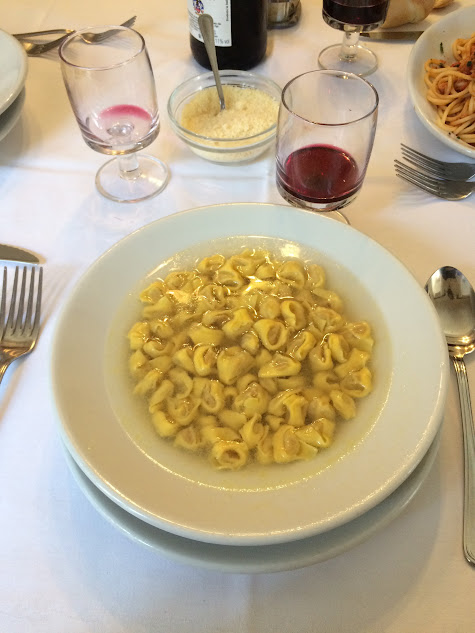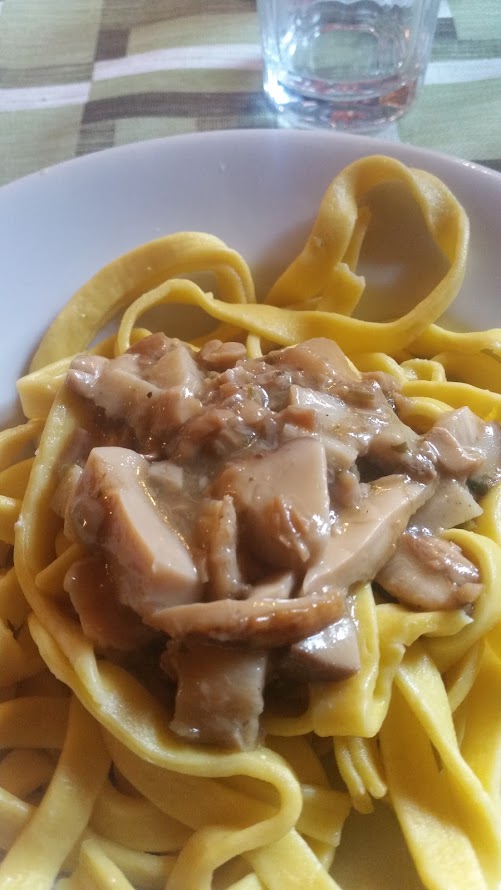Stuzzicagente Modena: A Culinary Crawl Through Tradition and Taste
In the heart of Modena, a city renowned for its rich culinary heritage, Stuzzicagente is not just a festival; it’s a celebration of food, culture, and community. Taking place twice a year, in spring and autumn, this food crawl festival invites locals and visitors alike to wander through the historic streets of the city, sampling […]
Stuzzicagente Modena: A Culinary Crawl Through Tradition and Taste Read Post »

